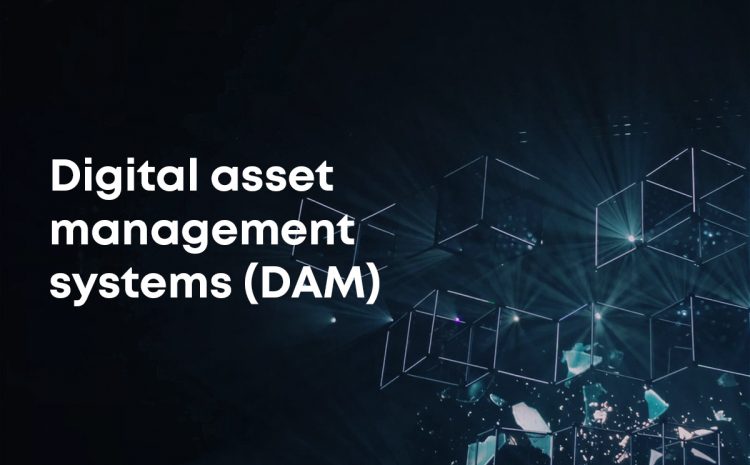Digital asset management systems (DAM)
Digital assets are an essential part of any modern business, and the effective management of these assets is crucial for success. With the increasing volume of digital content being generated and used every day, it’s essential to have a centralized and organized system to manage it. That’s where Digital Asset Management (DAM) systems come in. In this article, we will take a closer look at what DAM systems are, what they can do, and why they are so important for businesses in today’s digital world. Whether you’re a small startup or a large enterprise, a DAM system can help you streamline your digital asset management process, improve efficiency, and enhance the customer experience. So, let’s dive in and explore the world of DAM systems.
What is a digital asset management system?
Digital Asset Management (DAM) is a system used to store, organize, and manage digital assets such as images, videos, documents, and audio files in a centralized repository. In the context of e-commerce, a DAM system can be used to manage the digital assets required for the business, such as product images, descriptions, and customer reviews, allowing businesses to efficiently manage and distribute their digital content to various platforms, such as websites, social media, and marketplaces.
The goal of a DAM system in e-commerce is to streamline the process of managing digital assets, improve efficiency, and enhance the customer experience by providing high-quality, up-to-date, and relevant digital content.
Additionally, a DAM system in e-commerce can also provide features such as version control, metadata management, search and categorization capabilities, and the ability to manage access rights and permissions for different users. This helps to ensure that only authorized users can access and modify digital assets, and also enables businesses to keep track of changes made to assets over time. Furthermore, a DAM system can also integrate with other e-commerce systems, such as product information management (PIM) and customer relationship management (CRM) systems, to provide a seamless and integrated workflow.
What are the pros of using DAM system?
There are several benefits to using a Digital Asset Management (DAM) system, some of the most significant pros include:
- Centralized repository: A DAM system provides a single, centralized repository for all of your digital assets, making it easier to find and manage them.
- Improved organization: DAM systems allow you to categorize and organize your digital assets in a logical manner, making it easier to find the right assets when you need them.
- Increased efficiency: By automating many of the manual tasks involved in managing digital assets, a DAM system can significantly improve the efficiency of your digital asset management process.
- Enhanced collaboration: DAM systems allow multiple users to access and work with digital assets simultaneously, improving collaboration and reducing the risk of duplicated efforts.
- Better security: A DAM system provides robust security features to protect your digital assets, including access controls and permissions, version control, and backups.
- Improved customer experience: With a DAM system in place, you can quickly and easily provide customers with high-quality, up-to-date digital content, improving the overall customer experience.
- Cost savings: By automating many manual tasks and improving the efficiency of your digital asset management process, a DAM system can help you save time and reduce costs.
What do you have to know before choosing Digital Asset Management (DAM) Software?
- Think about your organization’s unique needs when choosing the features and functionalities that are most significant to you.
- Check the DAM system’s integration capabilities to see if it can connect to other applications you use, such as customer relationship management (CRM) and product information management (PIM) systems.
- Scalability: To avoid having to transition to a different system in the future as your organization expands, be sure the DAM system can scale.
- Ensure that the DAM system is easy to use and that users will be able to quickly and easily access the digital assets they need.
- Make sure the DAM system supplier includes strong security features, such as access restrictions and permissions, version control, and backups, to protect your digital assets.
- To guarantee you get the most out of the system, find out if the provider provides sufficient support and training.
- Consider the cost of the DAM system and make sure it fits within your budget. Also, take into account the potential long-term cost savings that a DAM system can provide.
Don’t forget to check if there is no software on the market that offers several different functions, such as DAM, PIM, order management system.
Overall, a DAM system can play a crucial role in the success of an e-commerce business by enabling the efficient and effective management of digital assets and improving the customer experience.



